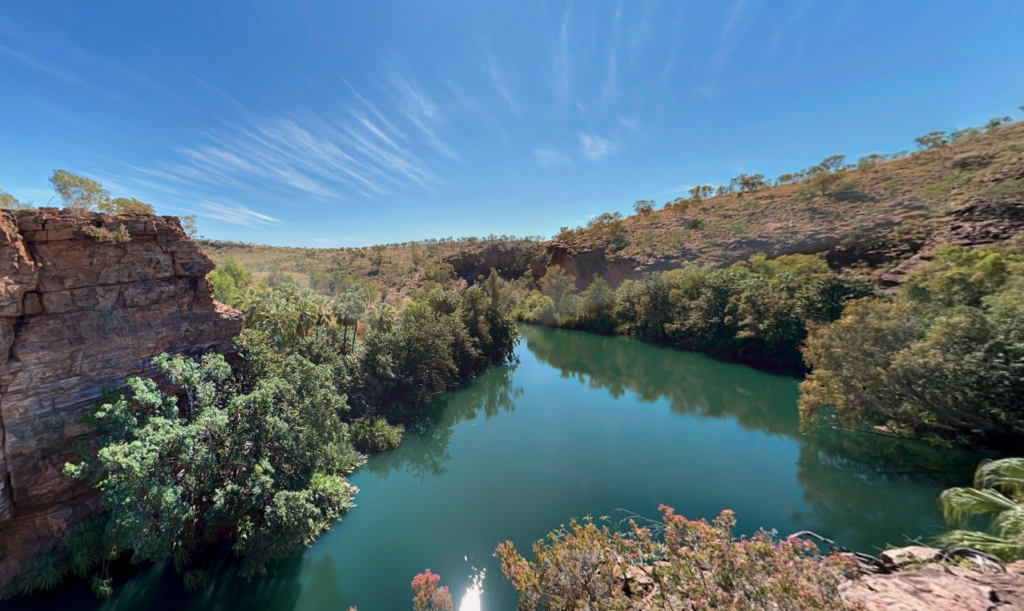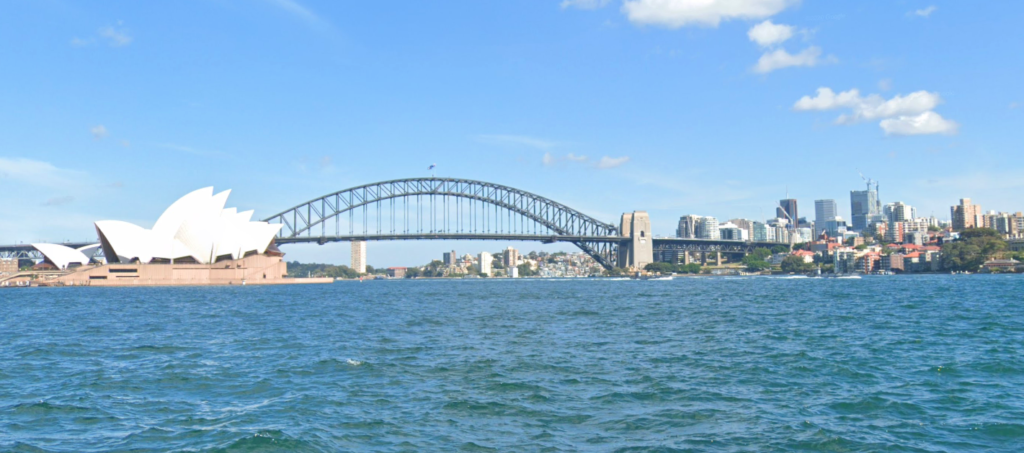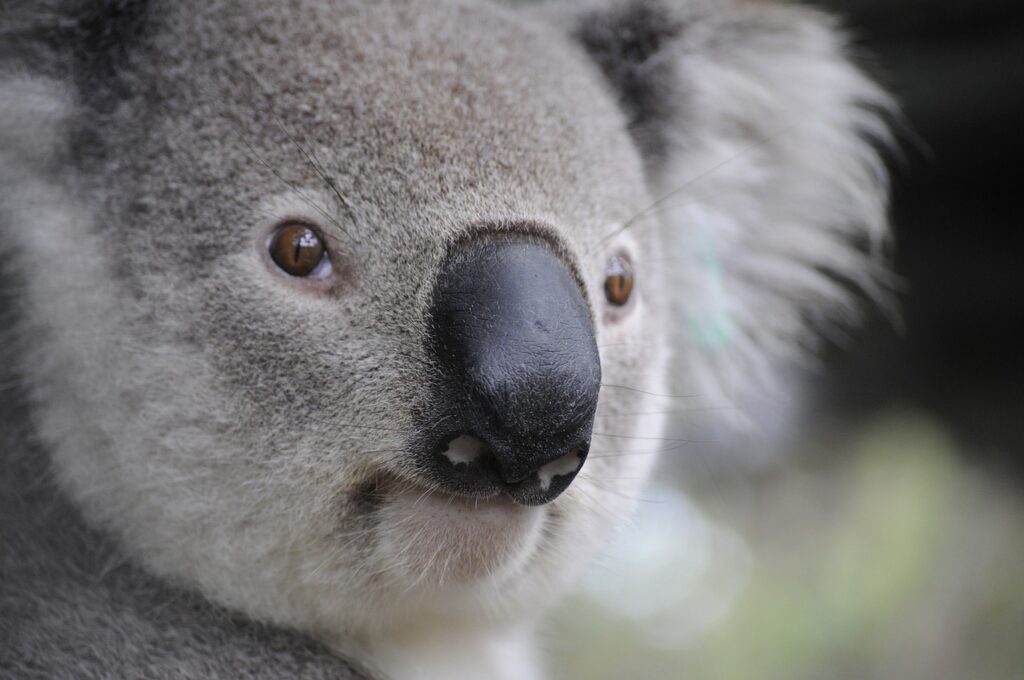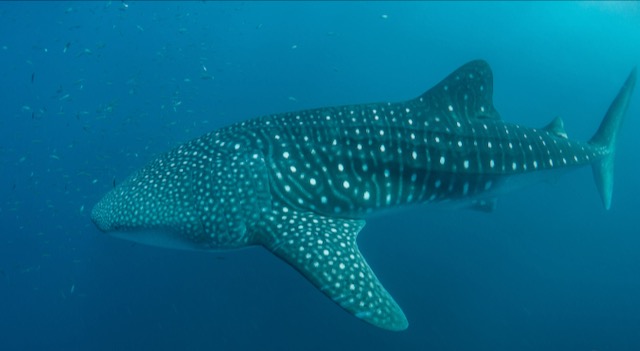Australia / Commonwealth of Australia – Let’s explore here

What’s it like in Australia?
Australia is a mssive country, the sixth largest in the world. It’s also the flattest and the driest! It’s one of 17 countries classed as Megadiverse – they harbour that the majority of Earth’s species and high numbers of endemic species. It has deserts, tropical rainforests, mountain ranges and savannas! The highest point is Mount Kosciuszko, in the south east of the country, at 7,310 ft (2,228 m) above sea level.
The population of Australia is around 27½ million people (2024), only about ½ million of whom live in the capital, Canberra. By contrast, about 5½ million live in Sydney, and a similar number in Melbourne, Australia’s most populous cities. Australia is one of the least densely populated countries in the world.

A bit about the history of Australia
Indigenous History
Australia’s history dates back over 65,000 years, with the indigenous Aboriginal and Torres Strait Islander peoples being the original inhabitants. These groups developed diverse cultures, languages, and traditions, with rich spiritual connections to the land.
European Exploration and Colonization
The first European to reach Australia was Dutch explorer Willem Janszoon in 1606, but it was British explorer Captain James Cook’s landing in 1770 that marked the beginning of British interest in the region. In 1788, the British established the first penal colony at Port Jackson (modern-day Sydney), using Australia as a destination for convicts.
Expansion and Development
As the British expanded their settlements, Australia became a key part of the British Empire. The country’s population grew with the arrival of free settlers and the establishment of new colonies, including Tasmania, Western Australia, South Australia, and Victoria in the 19th century. The gold rushes of the 1850s accelerated this growth.
Federation and Nationhood
In 1901, the six colonies united to form the Commonwealth of Australia, a federated state under the British crown. Australia gained self governing powers, although it remained a dominion within the British Empire. The country became more independent after World War I and World War II, especially with the Statute of Westminster in 1931 and the gradual diminishing of British political influence.
Post-War Australia
After World War II, Australia experienced significant social and economic change, including an influx of immigrants, industrialisation and urbanisation. Australia became a more diverse society, and its foreign policies shifted, particularly with its alliance with the United States in the context of the Cold War.
Modern Australia
In the late 20th and early 21st centuries, Australia continued to grow as an economic and political power in the Asia-Pacific region. It has been a key player in global politics, particularly in issues related to trade, climate change and international security. Australia has also dealt with debates over its relationship with its indigenous peoples and its status as a constitutional monarchy, with discussions over becoming a republic in the future. Today, Australia is a democratic nation, known for its strong economy, vibrant multicultural society, and commitment to environmental conservation and social welfare. However, it also continues to address historical injustices, particularly those concerning the treatment of indigenous peoples.


Australia road trip
For our Australian road trip, we’ll be undertaking ‘The Big Lap’. Our journey starts in Perth in the west of the country, following an anti-clockwise route around the perimeter of Australia. In addition we’ll take in the world famous Uluru park in the middle of Australia. This route is around 12,750 miles (20,525 km) long.
We have lots of relatives and friends in Australia, so no doubt we’ll end up deviating from this route quite a lot.
Hopefully our journey will improve our knowledge of this intriguing and beautiful country, and enable us to meet some interesting people. We’ll be updating this page at that time – don’t forget to check back 🙂
Map of our route through Australia

Our best places in Australia
Exmouth – North West Cape
About about 14 hours drive North of Perth, on the West Coast of Australia there is an amazing little place called Exmouth. It’s great for snorkelling and diving, and my mate has just sent me a couple of her pics as she got to swim with Whale Sharks and Manta Rays! Check these out!
Looks like we’ll have to add Exmouth to our ever growing list of places to go see!
When we’re next in Australia, we’ll also be going to Shoalwater near Perth…well worth a visit. Though unbelievably it gets cold a lot of the year – like 5°C. That’s not something the tourist board advertises too loudly 🙂


What’s it like to drive in Australia?
They drive on the left hand side of the road in Australia. A Carnet de Passages is required to overland in Australia.
For the most part driving there is a fairly laid-back affair due to the tiny amount of traffic between most town and cities compared with life in the UK. Roads tend to be very long and very straight due to the size of the country.
Like all major cities, traffic in the larger cities can be a hassle with lots of traffic jams. That said, drivers are no more aggressive than the UK, despite the searing mid-summer heat, and road signage is pretty decent.
We’ve also created a dedicated page to driving abroad, which you might find helpful 🙂
What currency do they use in Australia?
In Australia they use the Australian dollar. The use of credit / debit cards is now widespread. Travellers cheques are accepted. There are lots of ATMs.
You should make yourself aware of the amount that your bank charges you for using credit and debit cards abroad. Often credit cards are cheaper for purchasing items directly, and for withdrawing cash from ATMs.
What language do they speak in Australia?
They speak English in Australia. although almost one in five do not speak English, and instead speak indigenous languages.
What time zone is Australia in?
Remember, when you’re planning your next trip to take a look at what time zone it’s in.
Do I need a visa to visit Australia?
We’ve created a dedicated, more comprehensive page on visas, which you should find helpful. Check it out!
Is wild camping legal in Australia?
Yes, wild camping is fine in Australia, although you should avoid national parks and natural reserves.
What plug / socket type do they use in Australia?

In Australia they use plug / socket type I.
Health issues in Australia
Is it safe to drink water in Australia?
Yes, it is safe to drink tap water in Australia. Bottled water is also readily available throughout the country.
What vaccinations are required for Australia?
This NHS website is kept up to date with all relevant information on vaccinations in Australia.
Phones in Australia
What is the country calling code for Australia?
The country calling code for Australia is +61
What are the emergency phone numbers in Australia?
- The emergency number for police in Australia is: 000 / 112
- In Australia, the emergency number for ambulance is: 000 / 112
- The emergency number for fire in Australia is: 000 / 112
If you’ve got some useful info that you’d like to share, let us know!
And don’t forget to check out all the other pictures!
